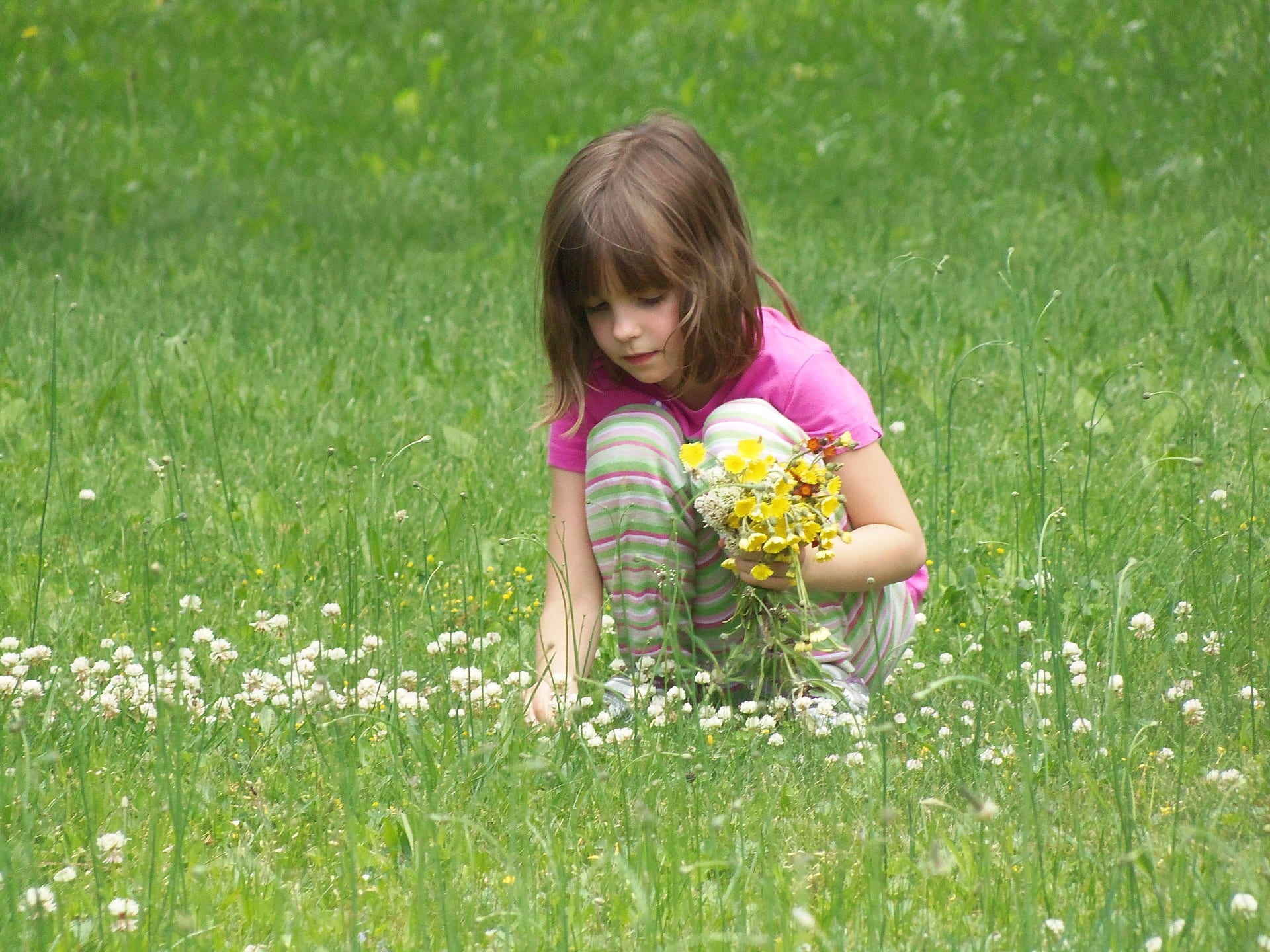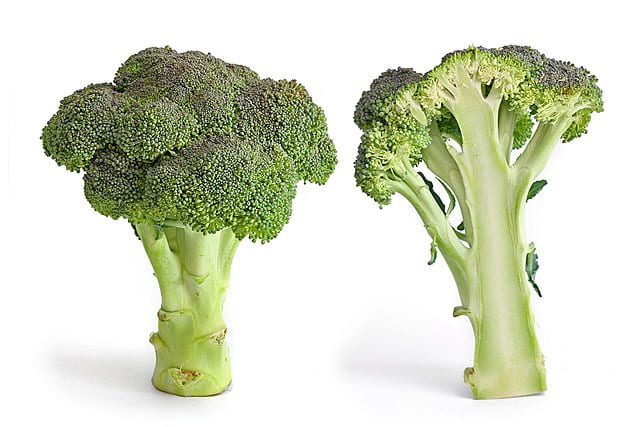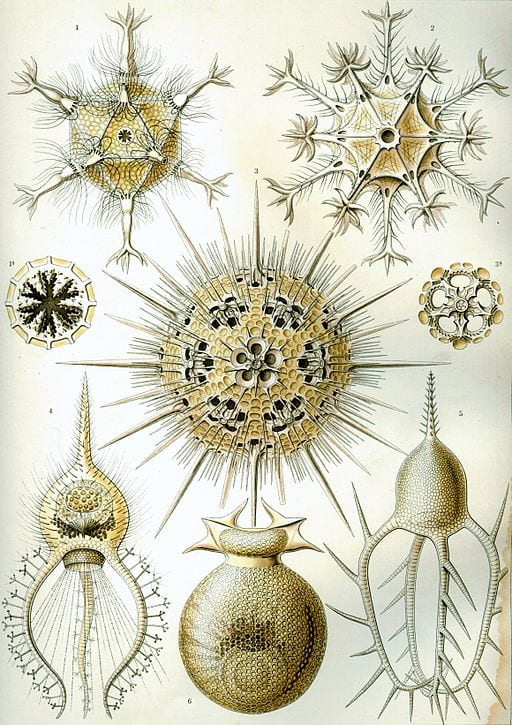Sophia is a newbie online ESL/EFL instructor. She is a passionate educator and blogs about education on her personal blog. She found her true calling — teaching — while she was juggling writing and a 9-5 desk job.
Over millennia, human beings have observed that there are patterns in nature which drive our seasons, winds, rainfall, etc. While patterns are engrained in how we experience the world, pattern recognition is also a powerful tool to stimulate the imagination. Using patterns, we plant and harvest seasonal produce and enjoy the bounty of nature through our celebrations; the most obvious example being Halloween when we use the plentiful pumpkin in a variety of ways. Kids enjoy it the best.
As a child, I have spent hours lying on my back seeing fat clouds float by, to be followed by an evening meal which included broccoli. Odious smell, so hey, you stared at the vegetable willing it to disappear, only to realize that it resembled a cloud. As I grew older, I realized some treetops looked like broccoli too. Through imagination, we can use the patterns we observe in nature to link together concepts and strengthen our understanding of the world around us.
Patterns can be symmetries, spirals, stripes, ripples, etc., which can be found throughout our ecosystem, and they can be repeated in dissimilar things. A simple example is that of pine cones, tails of geckos, and pineapples, which all have a spiral pattern.
As technology morphs at a rapid pace, kids are spending more time indoors on their devices. This leaves kids, our future generation, at a disadvantage:
- They frequently do not realize that humans are intrinsically a part of the ecosystem
- They are less equipped to understand the natural world they belong to, and this might leave them unprepared to fix ecological disruptions
- A lack of understanding might also lead them to taking decisions which might put the ecology of this planet at risk, which is our only home in this vast cold cosmos
Now, with a resurgence of interest in ecology, the time is ripe to help kids understand this wonderful natural world they live in
(Note: To read more about the importance of a child’s sense of place and connection to their natural environment, check out Imaginative Ecological Education).
Three ways to get kids interested in patterns in nature
Students interested in building/designing things finish their undergrad with knowledge that is accumulated from primarily studying standard engineering textbooks, without once looking around at all the fantastic construction that surrounds them in nature – forms, patterns, colors, etc.
Nature designs smartly – uses basic patterns and materials to generate a rich tapestry of life as we see it, with practically no noise, pressure or heat.
How do we get the kids to see this? How do we enthuse them? How do we get them to think like nature? How do we fire up their imagination?
We need to show it, talk about it, get them to observe it, and get them all excited about it. If we plant the seed in the fertile soil of their brains, nature will do the rest – blow life into their ideas, which will then be the future of innovation.
Here are three ways:
1. Spend Time Outdoors
- Walk with curricular focus
-
Go fruit picking – one of the best seasonal activities for kids – and see them use all their senses while enjoying the fruit as well as the activity
-
Get kids to map their area after a walk to see what they remember of geographic markers like trees, rocks, ponds, etc.
-
Get them to play scavenger games with maps
-
Walk along the paths of rainwater flows, to observe flows and puddle formation
-
Create embankments in fields to hold water and clear them to get water to flow
-
Forage for edible items
-
Lie on your back and observe things which happen in the sky; imagining shapes in clouds can go on for a long time
-
Observe how a plume of smoke can dissipate or how something you let fly in the wind will float away
-
Observe what survives under our feet on paths, and what grows alongside (great fun with a magnifying lens!)
-
Turn over leaves to see what is is underneath (many bugs make their homes on the underside of leaves some could roll them up too)
-
Spot unusual homes of creatures (the amazement when I discovered a hermit crab’s home has stayed with me after all these years)
-
Catch dandelion heads
2. Share the work others have done as this helps put things in perspective for young minds
- Introduce them to podcasts about the people behind the science
- Share artwork which is based on symmetries, repetition of form, etc.
- Help them identify trees, plants and critters around (Google lens can be a very useful tool)
- Watch movies about naturalists like Diane Fossey
- Show videos to help kids understand how plants are frequently the source of food, cloth, firewood, etc.
- Introduce them to people behind innovations based on nature
3. Help kids see how the learnings from natural forms and systems can be incorporated into the design of human-made things
- Introduce kids to manufacturing in nature where the toughest materials are produced quietly with no ecological disaster in their wake, like hard shells, strong spider silk, etc.
- Ask kids to bring in an example of locomotion in nature and compare it with human made modes of transport and discuss differences
- Talk of how seeds disperse far and wide
- Talk of materials which are naturally water-resistant – hydrophobic leaves, coconut husk, sheep wool etc.; do we know how nature makes blood vessels? It grows, heals, and it’s sustainable unlike plastic pipes.
- Explore how many of the innovations are based on observations people made in nature (the velcro strip is a wonderful place to start)
Wrapping up
 As kids are going to be guardians of the future, it is imperative that they comprehend the rhythms of the natural world, especially of the immediate world around them. Letting kids feel the wonder of nature strengthens them both emotionally and psychologically. Studies have shown that more time in nature leads to pro-environmental behavior in kids. It’s like standing up for a friend you know; you stand up for familiar things you see on an everyday basis.
As kids are going to be guardians of the future, it is imperative that they comprehend the rhythms of the natural world, especially of the immediate world around them. Letting kids feel the wonder of nature strengthens them both emotionally and psychologically. Studies have shown that more time in nature leads to pro-environmental behavior in kids. It’s like standing up for a friend you know; you stand up for familiar things you see on an everyday basis.
So come on – get the kids to go play outside to fire up their imagination. Watch them use a tree branch as a see saw or a swing or even a place to rest depending on what they want at that moment. Admire the mounds they build in sand to resemble fortresses or are they cakes for giants? Leaves can become imaginary plates, rolled up cups, wrapping sheets and many other things. Listen to the rhythms they create with foraged sticks, stones and branches. Not enough? They will add their lips, tongue, hands, feet and fingers to the music. Enrich their sensory inputs and watch the wonderful way imagination sets kids down a path of discovery and knowledge.



